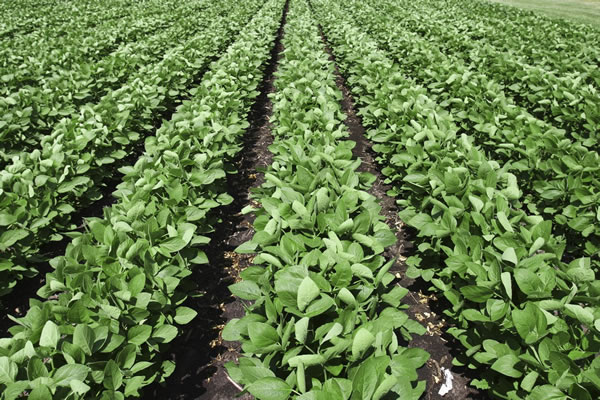Iowa State University post-doctoral research student Adam Dolezal admits there is a misconception about honeybees in the Midwest. He says that despite what many may think, honey bees are not going extinct.
“There are millions and millions and millions of hives, so we’re not really at risk of those going extinct,” Dolezal said. “The problems are that beekeeping has become more difficult and more expensive, and there are a lot of foods that are dependant on honeybees for pollination.”
However, in an effort to find out more about what affects the sizes of beehives, Dolezal and a team of researchers have received a three-year, $1 million grant from the U.S. Department of Agriculture’s National Institute of Food and Agriculture to study whether areas of prairie may offer honeybees a suitable source of forage later into the year.
“We wanted to do some very large-scale field realistic experiments, so that’s where the project that we’re doing now comes in,” Dolezal said.
According to Dolezal, weight reduction in beehives occurs during the late summer and early fall when most crops, particularly soy and clover in Iowa, stop flowering, cutting off forage sources bees need to produce honey.
“Really, there’s a lot of summer left, and there’s a lot of fall left, so honey bees need to be able to collect more food to store for the winter during that time period, and they just really weren’t able to,” Dolezal said.
For the project, Dolezal said the researchers will move honeybee hives kept on soybean farms — where he said hives do very well in — to areas of prairie, where they will monitor how the prairie affects the weight of the hives as well as measurements of individual honey bee health.
According to Dolezal, prairies offer many plants that continue to flower through September. So if the prairies were to offer a suitable forage source for late in the year, then honey producers may gain a new way of protecting their hives.
Though Dolezal said honeybees are the primary focus of the research as they have an agricultural and economic impact, he said that the study will also look at the way the native bees respond to the introduction of the honeybees to the prairie. According to Dolezal, another misconception many people have is that honeybees are native, when in fact they were brought from Europe, Africa and Asia.
“Most people don’t realize that honeybees are an introduced animal,” Dolezal said. “I think there’s a lot of interest and valuable concern of how these basically livestock animals impact the wild bees that live in our fragmented natural ecosystem.”
Dolezal said researchers will also examine whether insecticides used for soybean production cause health concerns in honeybees, and include input from Iowa beekeepers, soybean farmers and landowners to understand the concerns these key stakeholders have with implementing the results.
According to ISU, concerns over the health of pollinating insects have grown as changes in climate, habitat and the environment have caused a decline in the populations of numerous species of bees and butterflies. Those declines could lead to further difficulty for many fruits, vegetables and other plants that rely on insects to pollinate and reproduce, and that’s why the White House formed a Pollinator Partnership Action Plan in 2016, which helped to secure the grant for the ISU research team.
Dolezal said that while people could survive without honeybees, as our staple foods such as corn, wheat and rice do not rely on them for pollination, the decrease of honeybees reduces the pollination of foods such as berries and almonds, which he said could have a major financial impact.
“With the increased cost and difficulty for beekeepers, that is also going to increase the cost of those foods,” Dolezal said. “It has a real economic impact, because it’s the link in the chain of crop production, that is important.”









